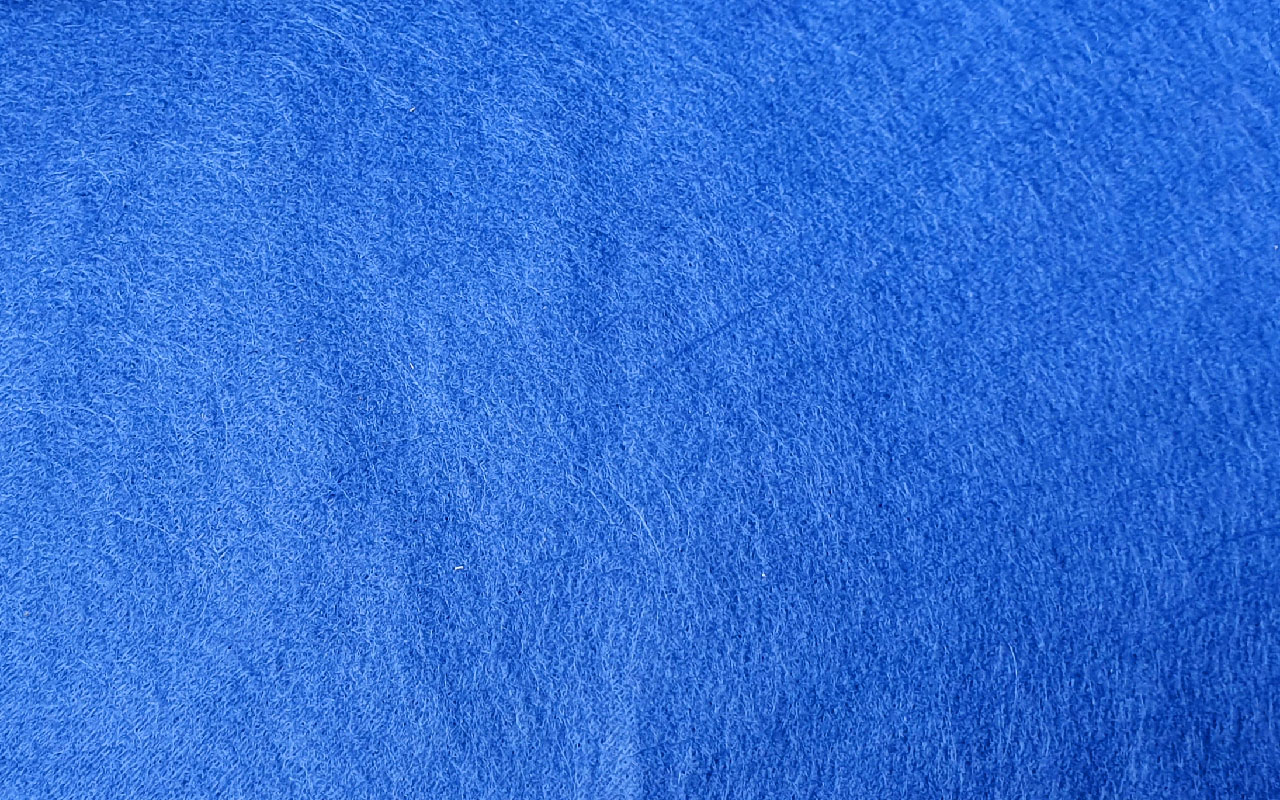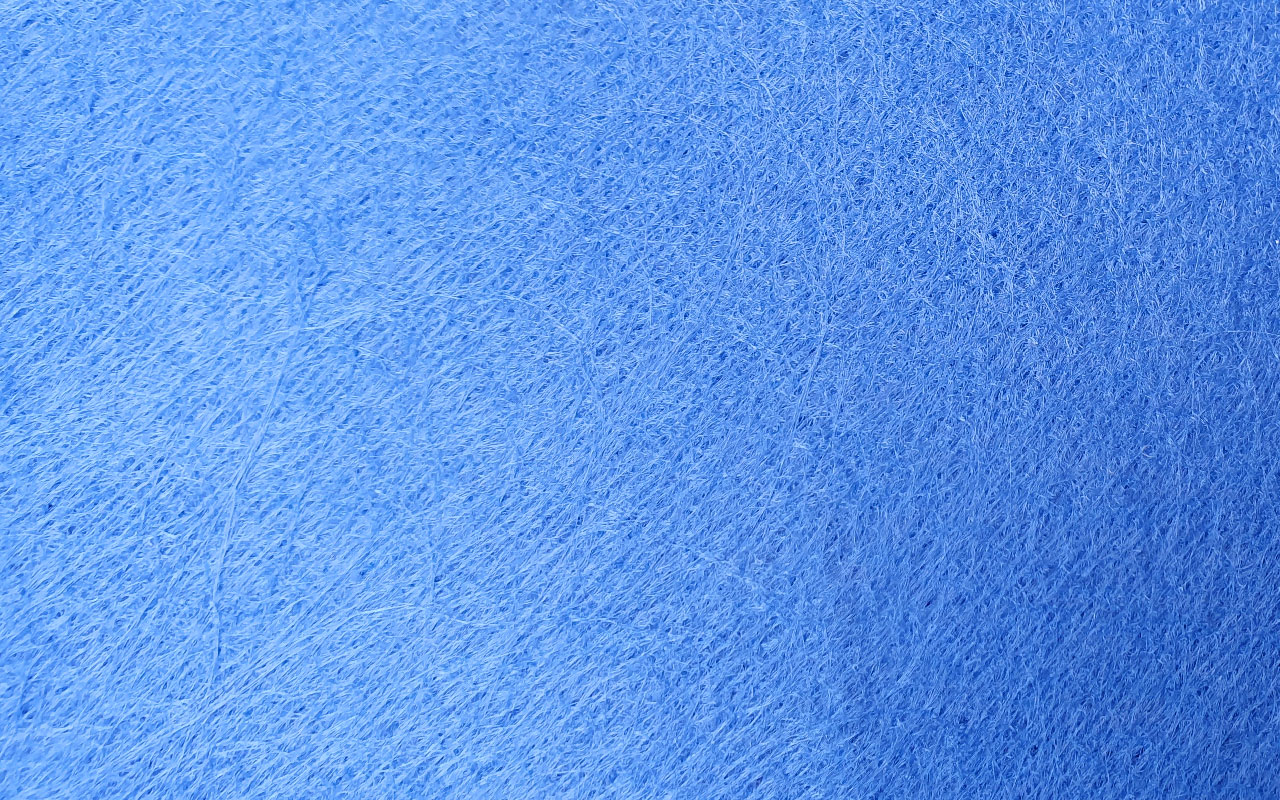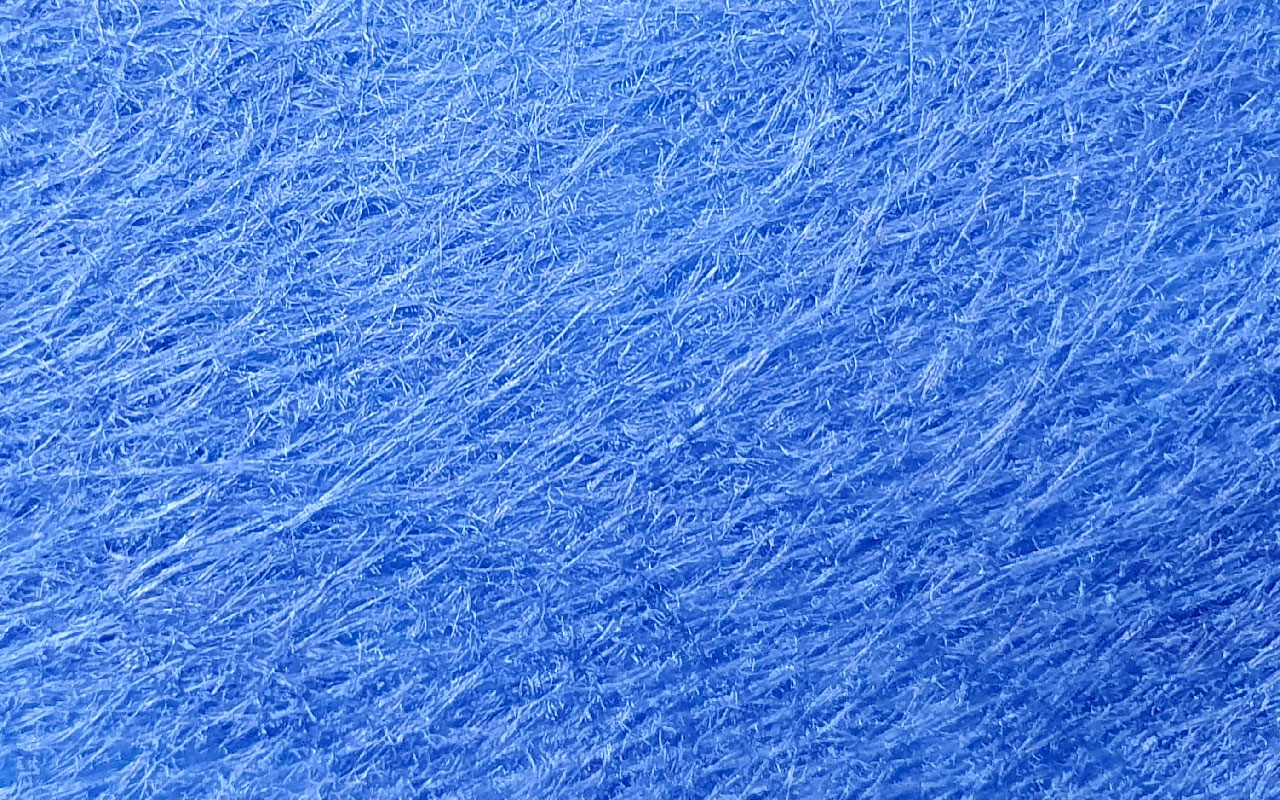Nonwoven Materials for Medicine, Hygiene and PPE
Non-Woven Hydrobonded Fabric
This non-woven material is produced by bonding using Spunlace technology polypropylene yarn obtained by extrusion.
High hydrophilic and absorbing properties are provided by the application of additives.
Non-Woven Hydrobonded Fabric Features
- does not support the growth of microorganisms
- high tensile strength
- low fiber migration during mechanical impact on the material
- softness
- high tactile comfort, very similar in effect to natural cotton
- can has specified properties on the absorption and retention of liquids
- the ability to apply a drawing to the surface of the material by the method of hydraulic embossing
- can be produced with various additives and colorants: antimicrobial, antistatic, hydrophilic, hydrophobic, fire retardant, UV stabilizer
- Surface density 30-150 gsm
- Fabric width 65-3200 mm
Nonwoven Hydrobonded Material Technical Data Sheet
| Description | Method | Physico-mechanical indexes for the material with surface density, g/m2 | ||||||||
|---|---|---|---|---|---|---|---|---|---|---|
| 30-40 | 41-50 | 51-60 | 61-80 | 81-100 | 101-120 | 121-150 | 151-200 | 201-250 | ||
| 1. Surface density deviation, % | ISO 9073.1 | ±5 | ||||||||
| 2. Breaking load, N, not less: MD | ISO 9073.3 | 78 | 100 | 130 | 170 | 210 | 280 | 300 | 320 | 340 |
| Breaking load, N, not less: CD | 40 | 65 | 80 | 105 | 125 | 160 | 180 | 200 | 210 | |
| 3. Elongation at break MD & CD, % | ISO 9073.3 | 200 | ||||||||
| 4. Steadiness to UV irradiation, %, no less after 500 hours (for UV stabilized materials) | ASTM D4355 | 45 | ||||||||
| 5. Hydrophilic properties of material with hydrophilic additive. - liquid transmission time, s, max | EN ISO 9073.8 | 5 | 7 | 15 | 20 | 25 | 30 | 30 | 35 | 40 |
| 6. Water absorption for material with hydrophilic additive, %, not less | ISO 9073- 6:2000 | 600 | ||||||||
| 7. Breathability, L/dm2 per min at 200 Pa, no less | ISO 9073- 15:2007 | 1800 | 1500 | 1200 | 900 | 600 | 400 | 300 | ---- | ---- |
Notes:
Permissible deviations from norms of width should not exceed -0,+3 (60-300 mm), -0,+6 (301-700 mm). ±10mm (701-1000mm), ±15mm (1001- 2000mm), ±20mm (2001-3200mm)
Applications for Non-Woven Hydrobonded Fabric
This hydro bonded material has a very wide application in industry, construction, medicine, and in everyday life.
- TEXTILE INDUSTRY - thermal insulation of overclothes, as packing material for manufacturing home textile products.
- FILTRATION - for filters and filtration systems used in liquid and dehydrated medium.
- AUTOMOTIVE INDUSTRY - heat-insulation and noise insulation, basis for carpet rolls, automobile protecting cover.
- FURNITURE INDUSTRY - for covering surfaces, insulation protection, covering the bottom and rear walls of the mattresses, to protect the spring unit, to strengthen the seams, as the dividing layer, etc.
- OTHER INDUSTRY - materials for wiping of industrial purpose.
- GEOTEXTILE – for landscape works, for construction of roads, railways, tunnels, pipelines, hydraulic structures, bridges, grounds for keeping rubbish.
- BUILDING - as absorption layer in water-proof films, as packing material for parquet flooring.
- MEDICINE – surgical headdresses, surgical boots, surgical shirts, surgical trousers, surgical jackets, dressing gowns, disposable bedding like pillowcases, bed-sheets and draw-sheets, spirituous napkins, surgical face masks.
- HYGIENE – towels, wet and dry wipes, cosmetic masks, back and absorbent layers of hygienic products for women and baby pants.
- PACKING - as water-saturating and water-holding interlaying layer in frozen-food containers, for packing all kinds of products of all branches of industry.
Non-Woven Hydrobonded Material Photo


